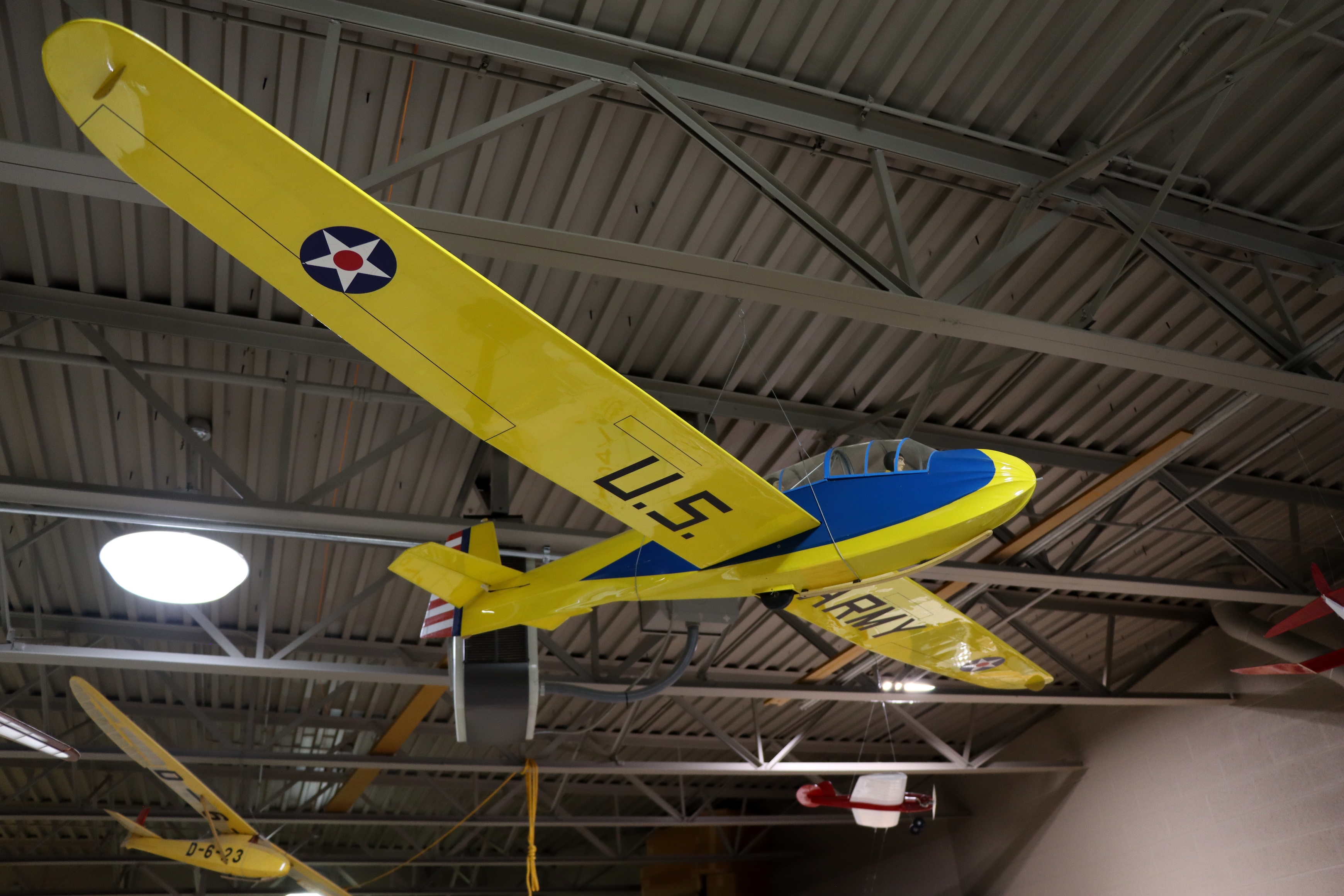
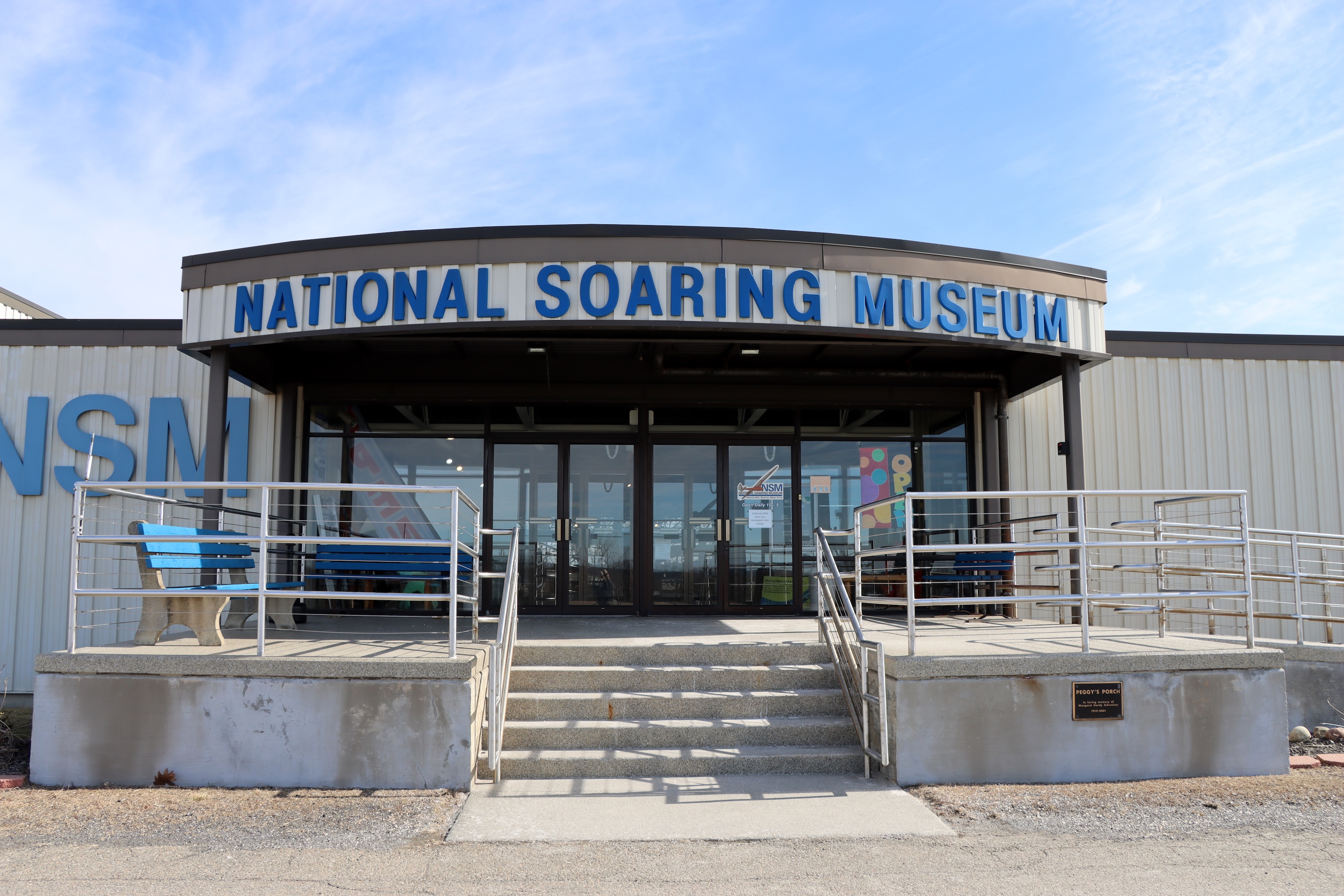
I grew up in a small rural town in Massachusetts and often flew with my dad (although I wasn’t at all thrilled with airplane travel, unlike my younger sister, Laura, who was always itching for the next takeoff). Dad flew Cessnas, Pipers, and Skyhawks. The more hours he had under his belt, the happier he was up in the sky. Dad even convinced Mom to study to become a pilot herself. Today, I often wonder if they’d have liked the art of soaring, too. Had they ever thought of it?
When I was invited to the Finger Lakes Region in New York State this spring, one of the places I was anxious to visit was the National Soaring Museum, located near Elmira, atop Harris Hill. I arrived a few minutes after it opened, and there was already a line waiting to buy tickets and tour the building.
The landscape is beautiful – 1,709 feet above sea level, with ample winds to launch the planes high over the countryside. Unfortunately for me, the winds were far too strong to take me up that day, but it only made me promise to go and try again. I can only imagine what it feels like to have a bird’s eye view of the earth below me – and without the roaring sound of engines, I think it’d be so peaceful to experience. (And, as an adult, I’m much more comfortable flying now.)

My visit began with an informative 10-minute film, a nutshell that covers the fascinating history of soaring and why this gorgeous area of the Finger Lakes has always been a magnet for glider aviation. I thought it was well worth the time to sit and watch the evolution of soaring, before I wandered through the museum to learn more.
Peering over the railing of the mezzanine down to the floor below offered a great view of so many different types of gliders. I caught sight of one that was used during WWII – a favorite study of mine - and knew I’d have to get closer to learn about its function during the war before I left for the day.
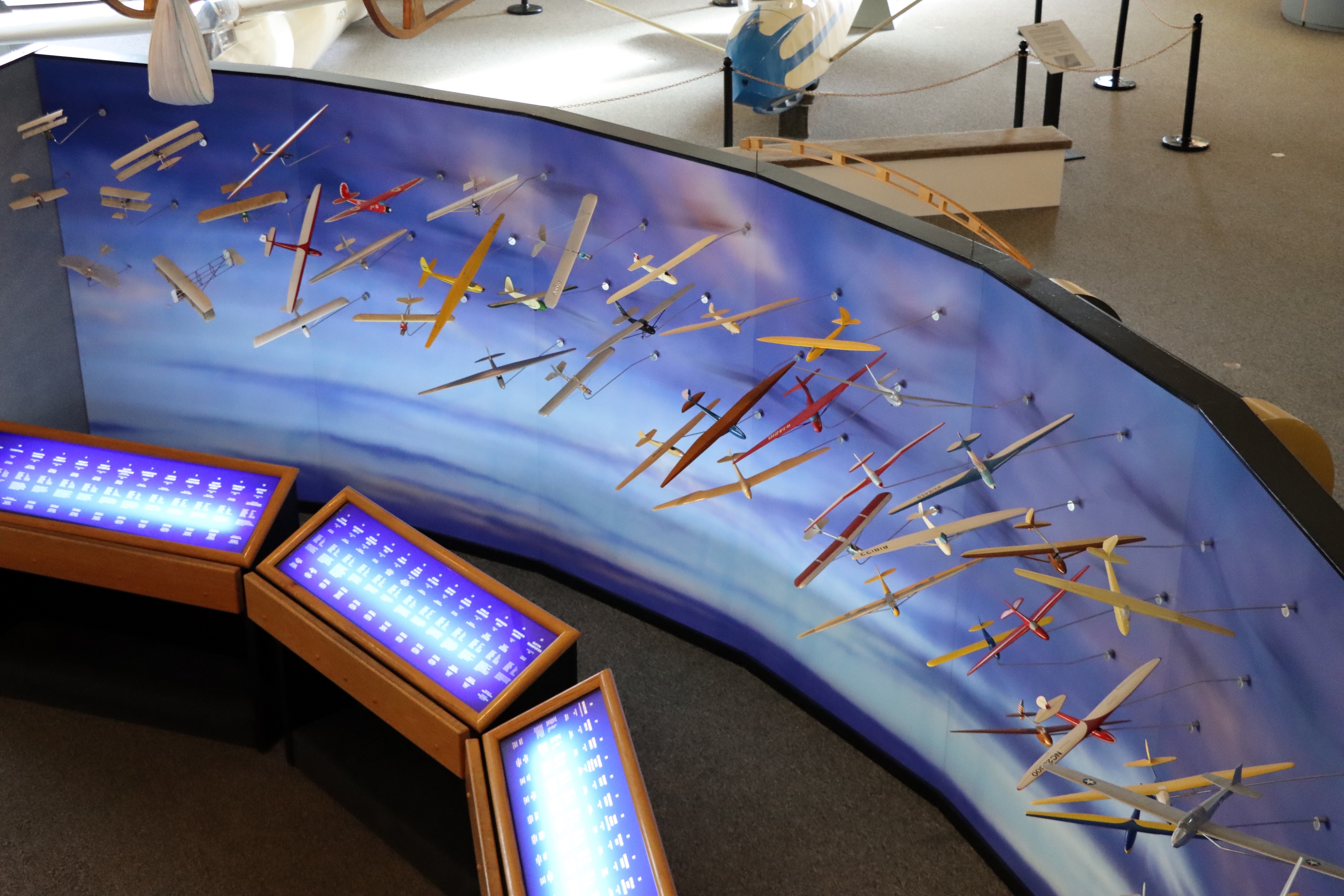
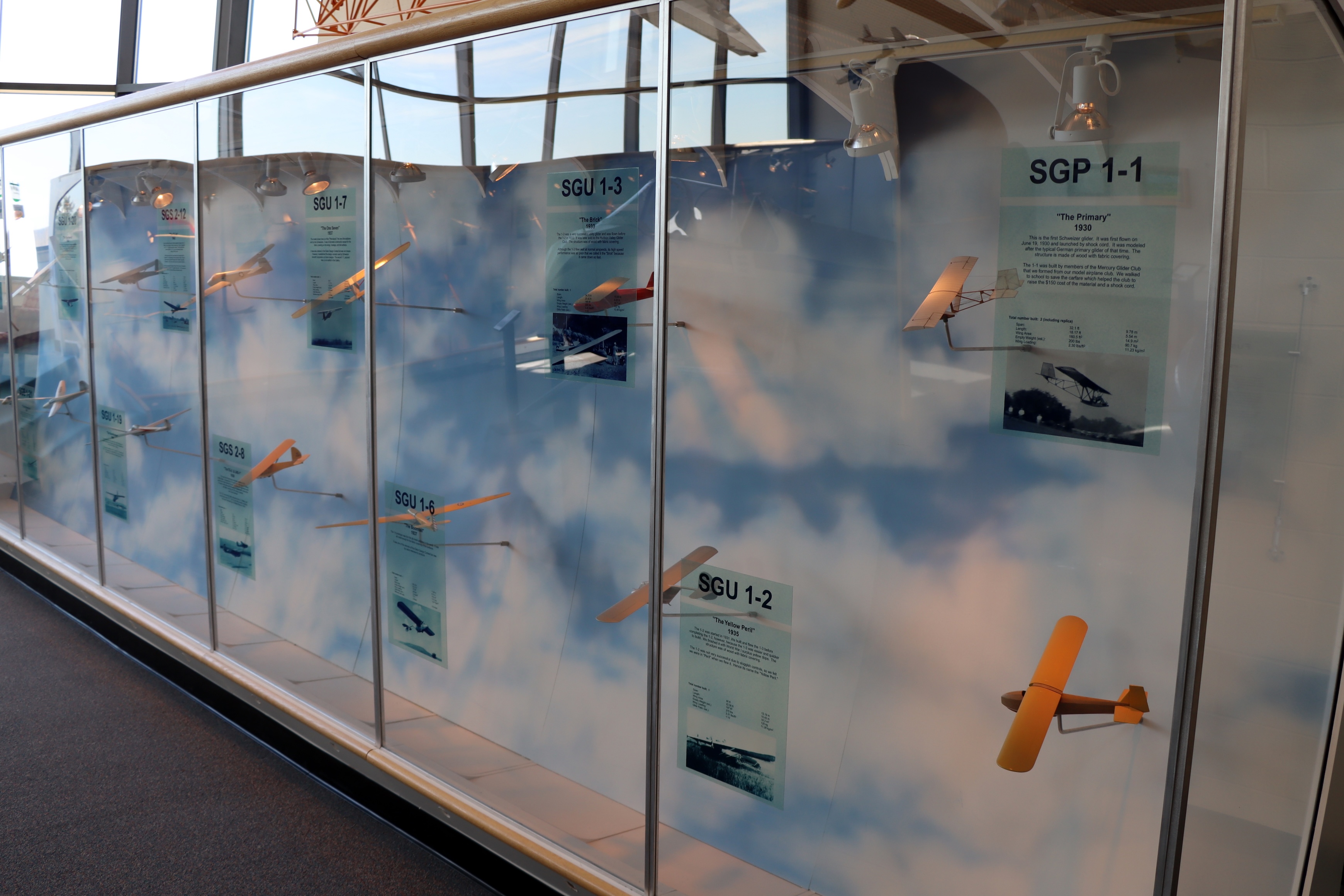
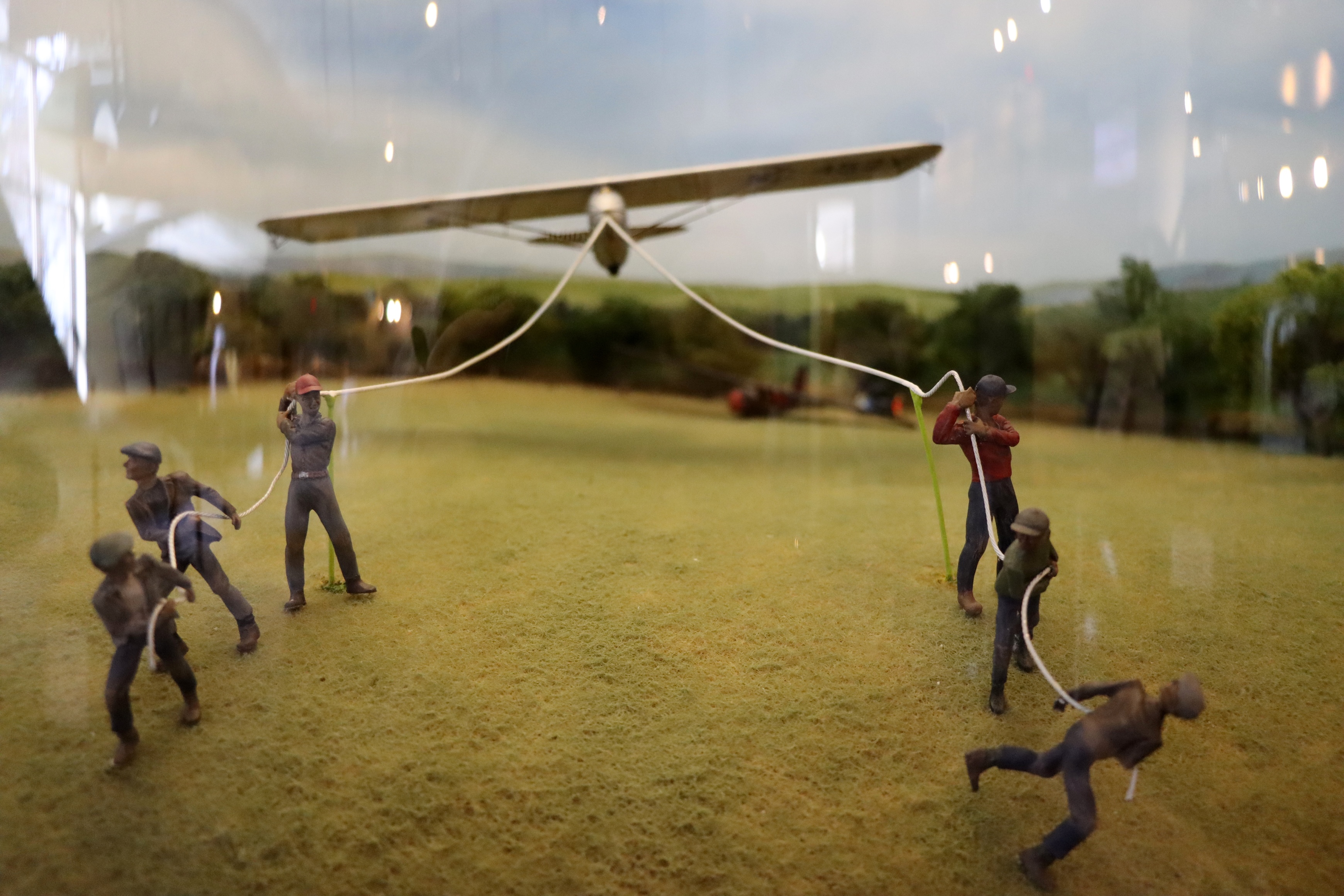
It was interesting to learn that the museum is an astounding 37,132-square-foot space that honors everything about the history of motorless flight in America. I read about Jack O’Meara, who flew his Baker-McMillen Cadet II over a ridge south of town on July 2, 1930. His sailplane remained aloft for one hour and 38 minutes, making it the first sailplane flight in the Elmira area. The success of this feat led to Elmira becoming the official American soaring contest site – a gratifying achievement for that pilot, I’m sure! The first contest was held in September that year and continued up until 1947, when other sites across the country began to be selected. “Rest assured, though,” the tour guide told a group of us. “The Soaring Museum still hosts contests on Harris Hill even today, to the delight of thousands who make their way here from all over the country.”
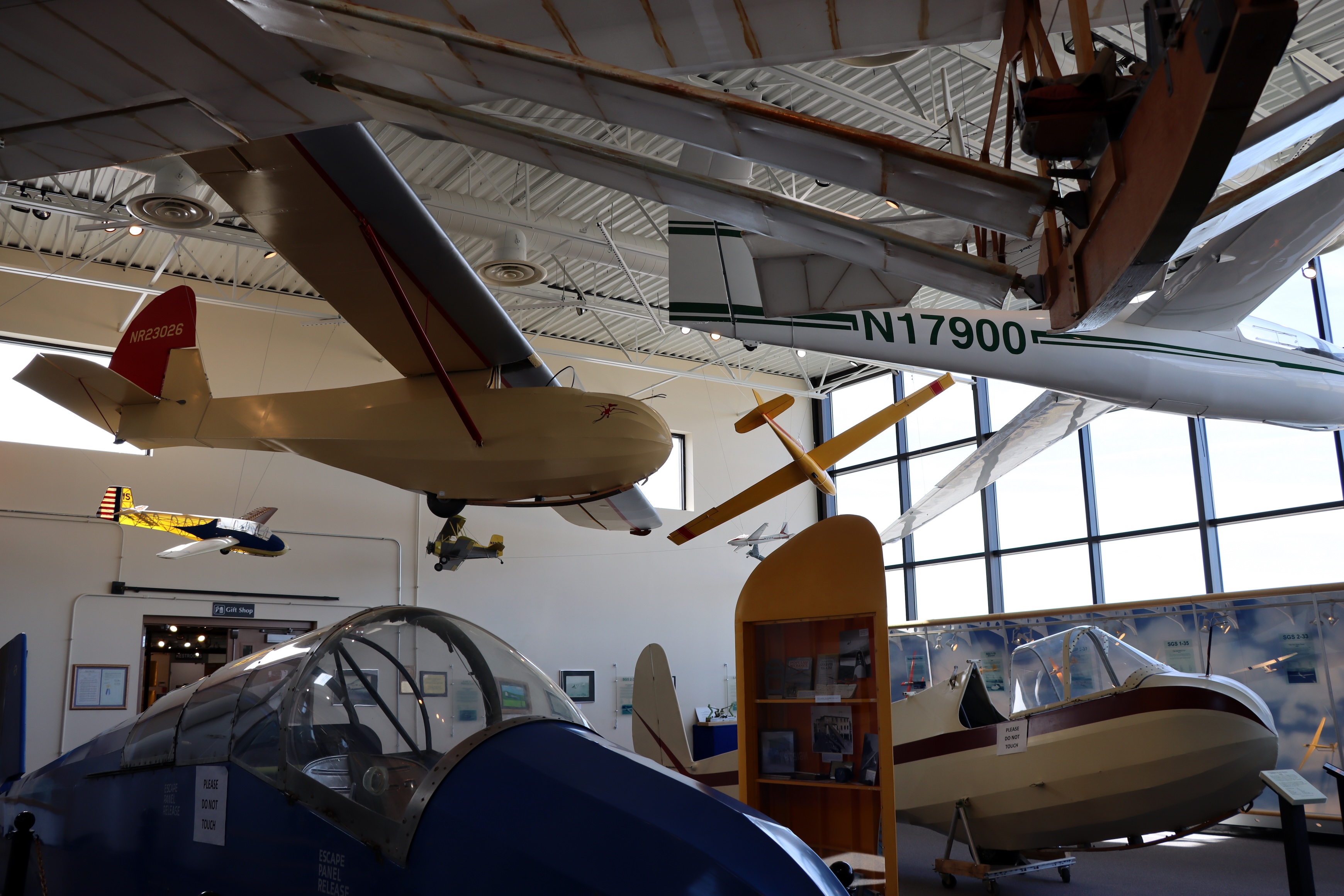
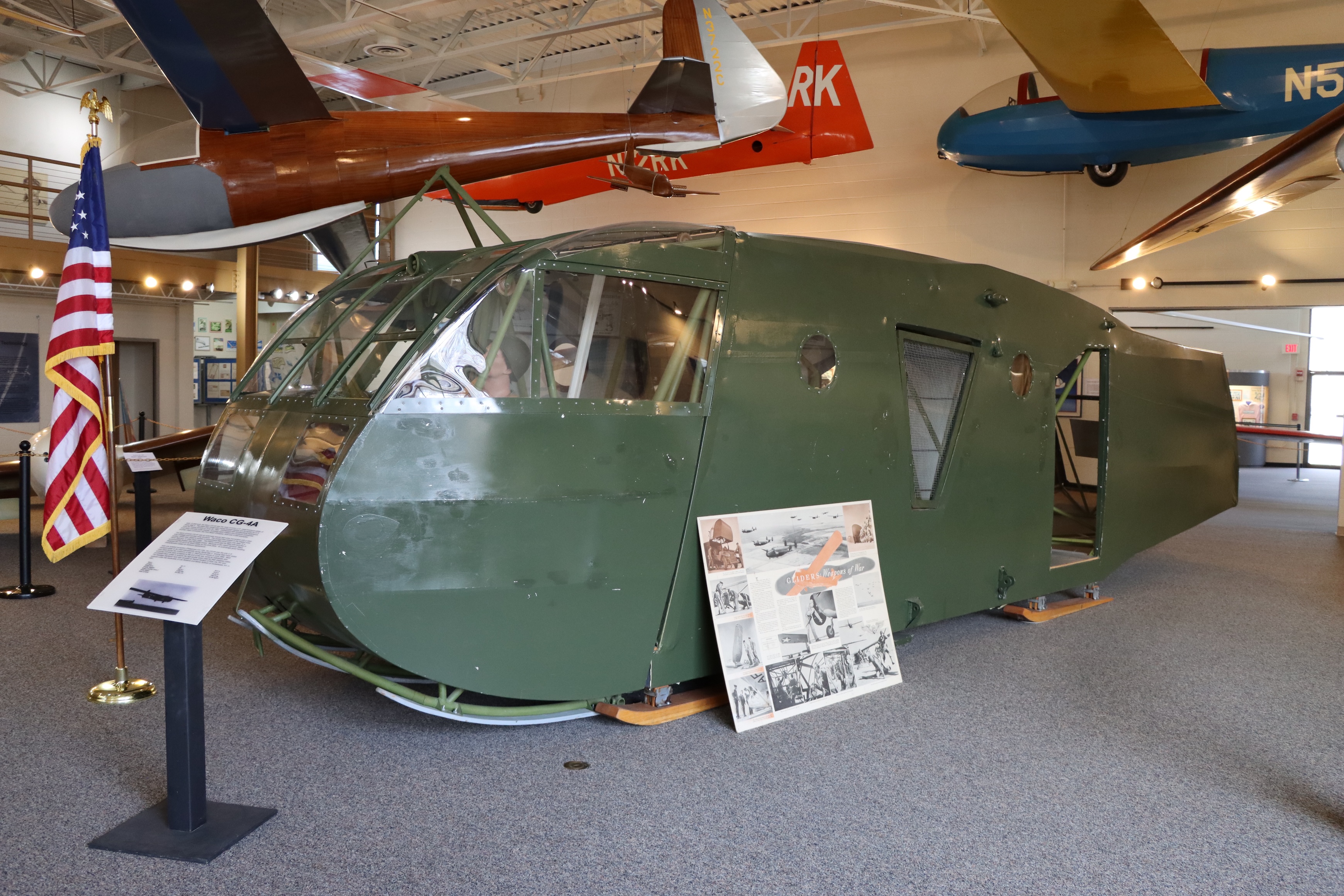
“Think about this military glider as a freight car,” The guide states when we make our way to the sailplane. “It could land safely with full loads of infantry, field pieces, and motorized equipment. They were also produced and repaired at a fraction of the cost and time it took to make a powered plane.” She explains that highly trained Gliderborne troops manned the gliders. ”They used the sky as their highway, rather than a ship on water or a truck on land.” When I asked if we could go inside, she smiled. “Absolutely!” It was strange to step inside the section of a vessel on exhibit; I thought about the men and women who were in the war, in this perilous position, wondering how many made it out alive. I said a silent ‘Thank you,’ before I exited the glider.
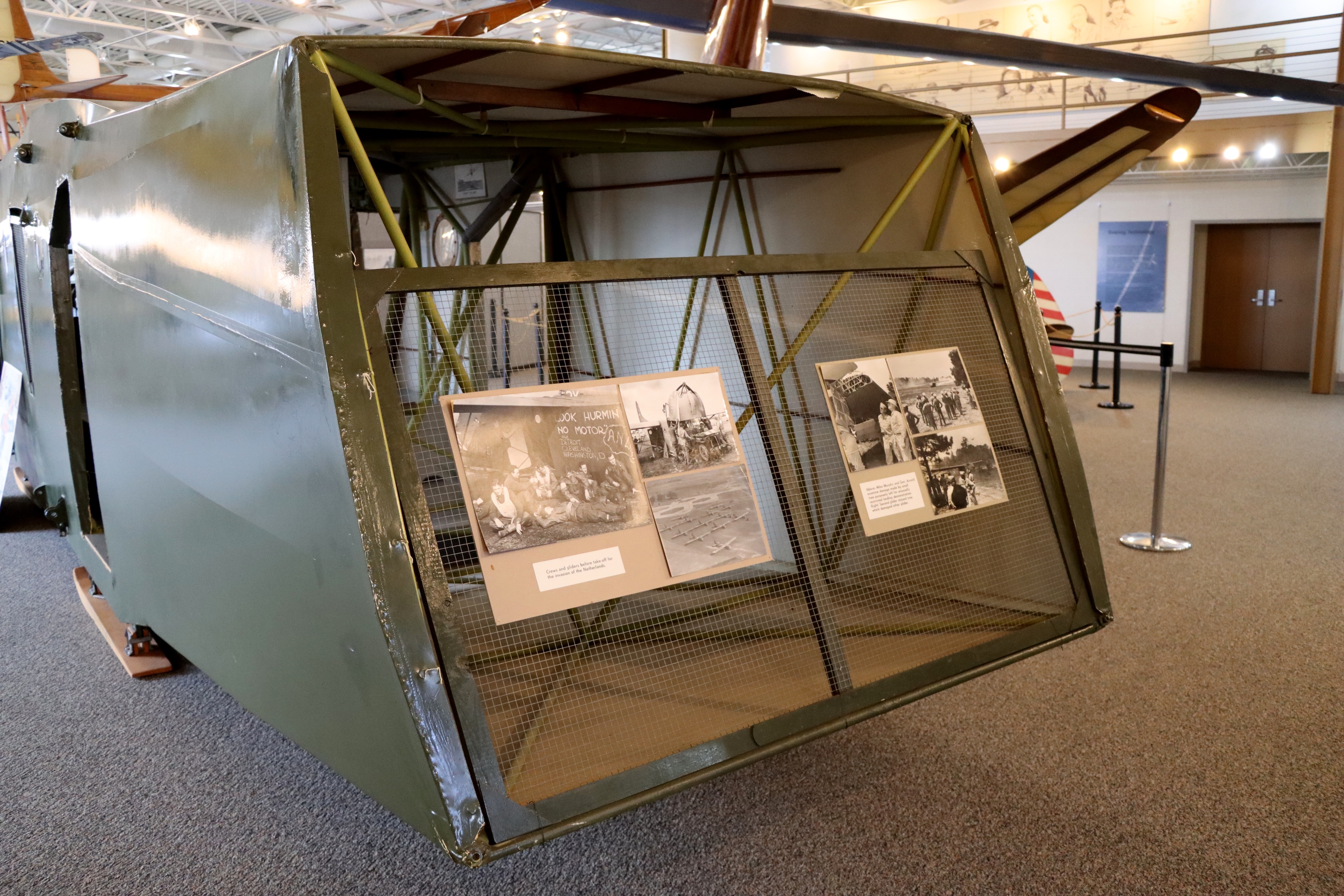
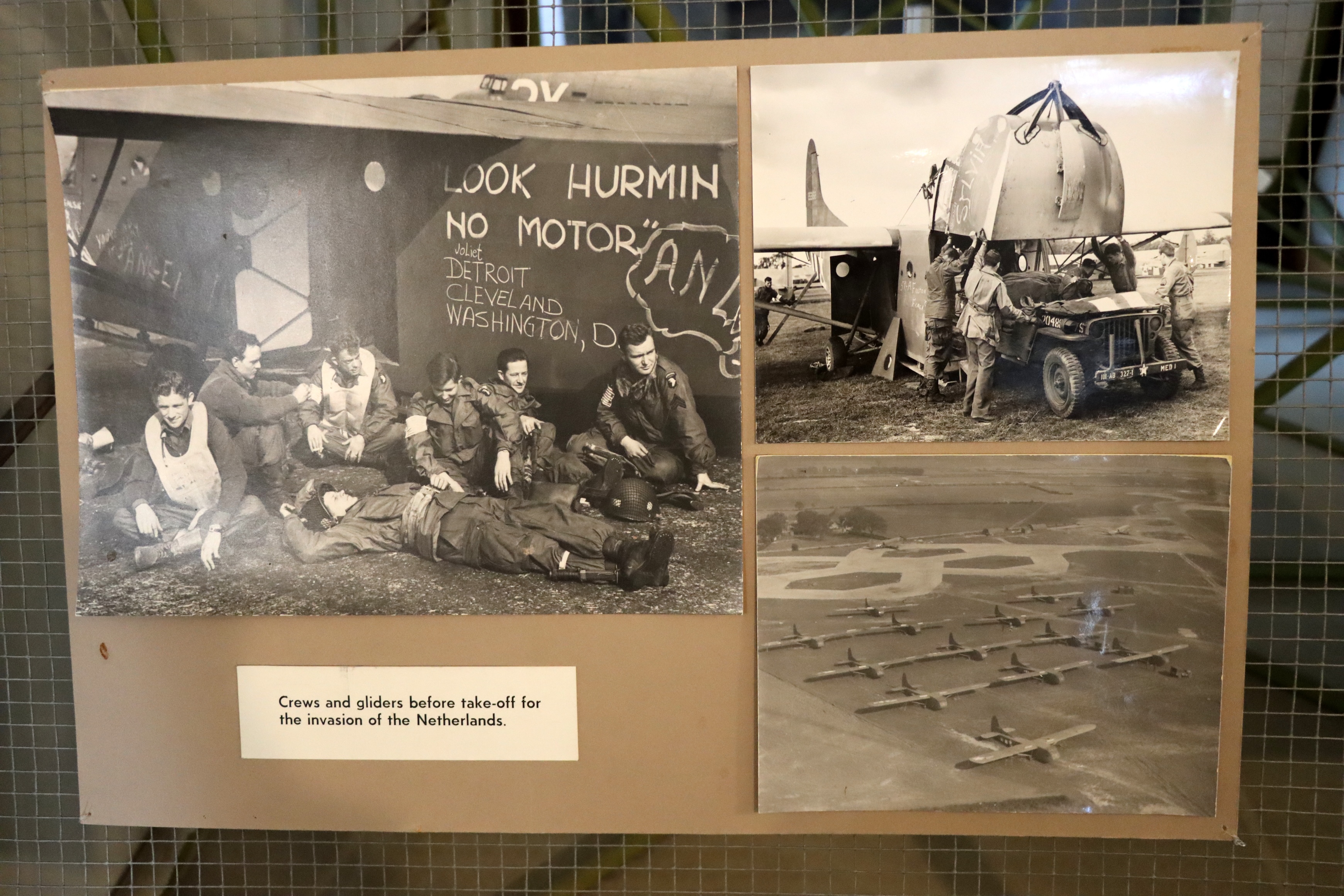
It was wonderful to see and learn about some of the amazing women who made their mark – including Eileen Collins, the first American woman to pilot a space shuttle, the Discovery. That historic event occurred in 1995, and I recall the moment as if it were yesterday. “This mission marks the first baby steps in international space cooperation.” She remarked on her trailblazing flight.
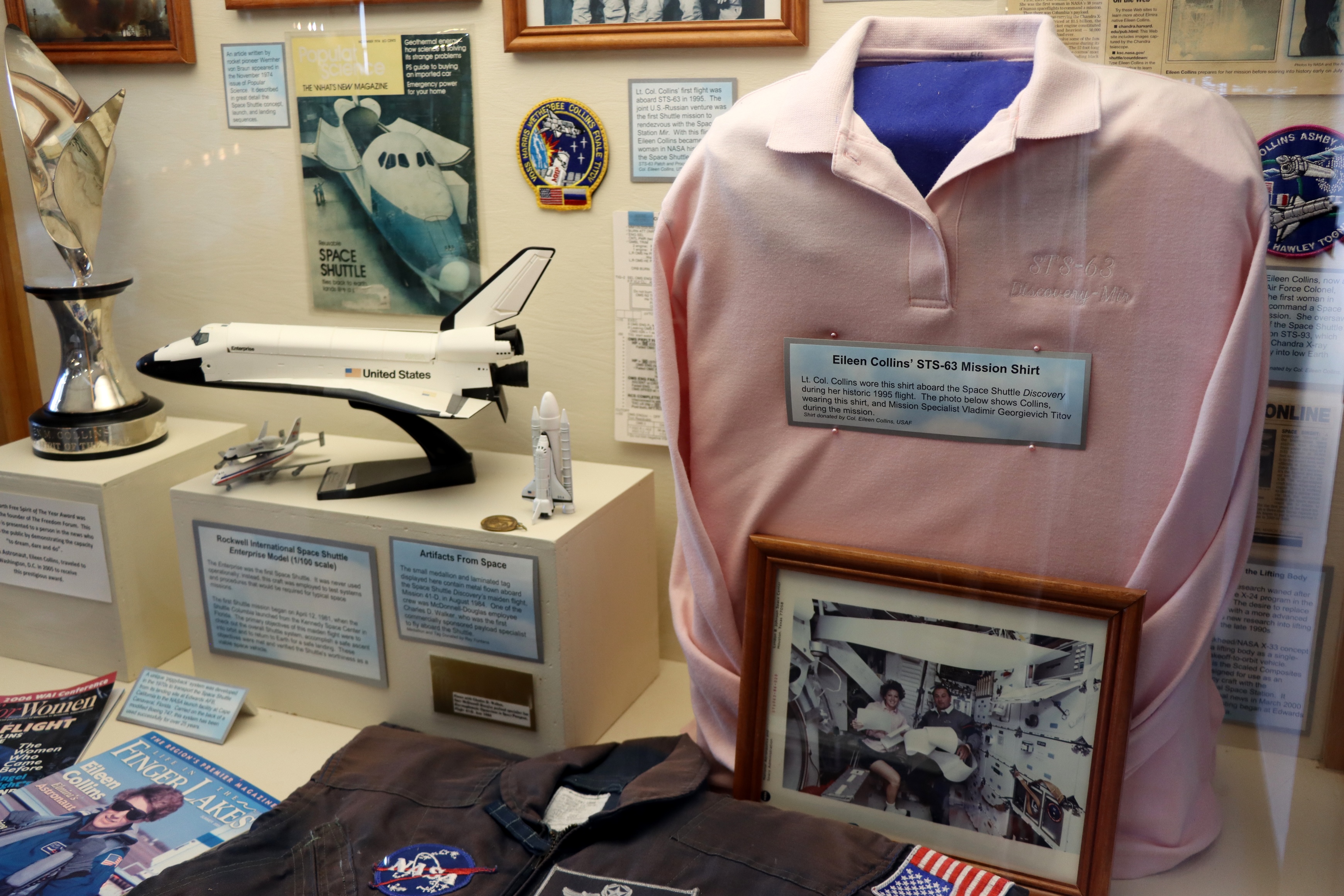
Ginny Schweizer learned the basics of flight in 1940, and then, in 1941, aced the art of ‘ridge’ and ‘thermal soar.’ She worked as a “Rosie the Riveter” during World War II and returned to soaring once the war was over. In 1947, she won the Woman’s National Soaring Contest and was the first American woman to earn the prestigious Silver C badge. She remained active in the soaring world for much of her life and was inducted into the National Soaring Hall of Fame in 1971.
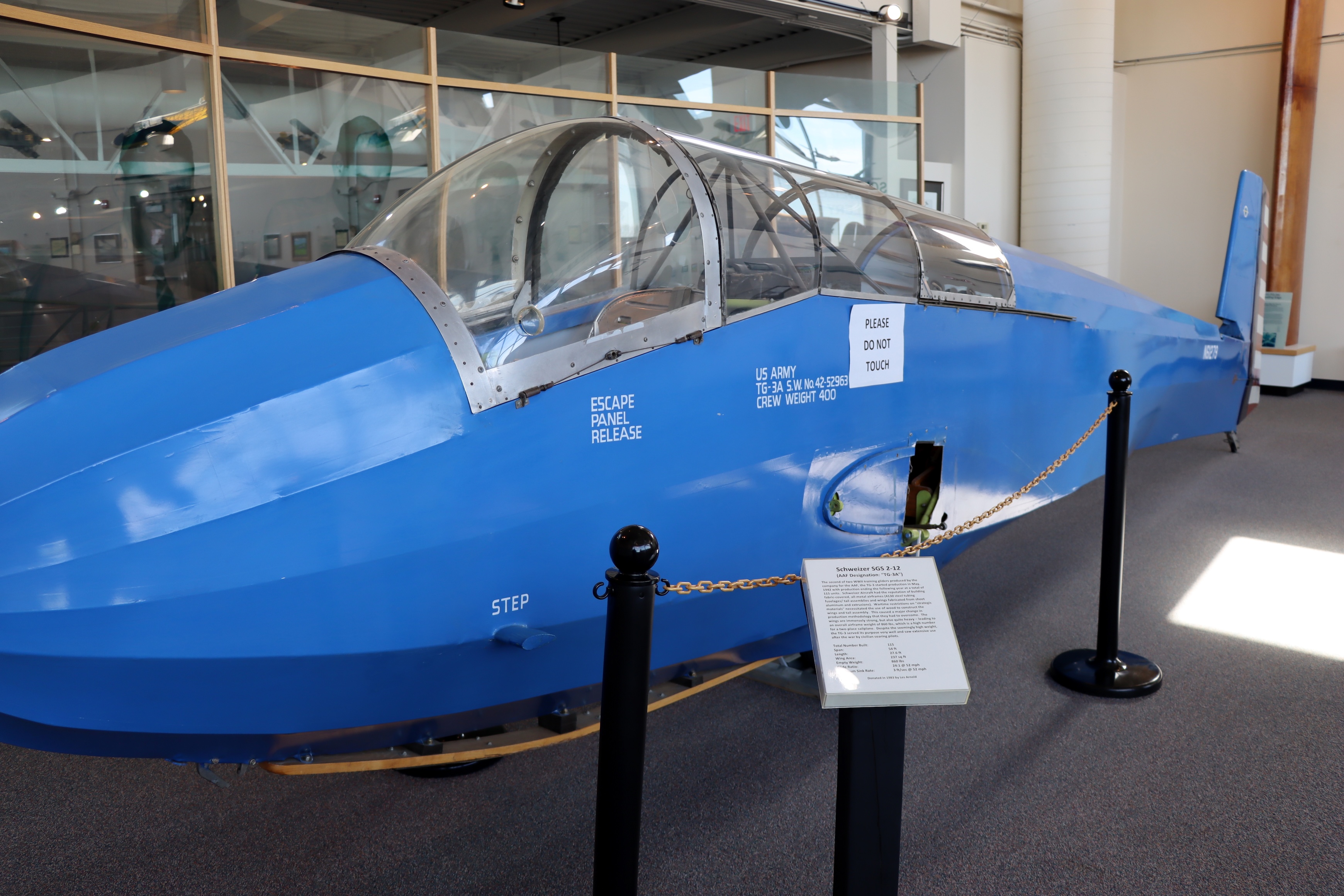
Maxine Dunlap began her glider training in 1929. After three weeks of training, she entered her first contest. It was the first one held by the California Gliders Association. The event took place over the sand dunes at Ocean Beach. Maxine made a flight of 900 feet and stayed aloft for 50 seconds. The required duration for a Class C Glider License was 30 seconds. Maxine became the first American woman to obtain one. In fact, this also meant she was the first American woman to obtain a glider license of any kind! Talk about impressive!
There was also information on Anne Morrow Lindbergh. In January 1930, she completed a short course at the Bowlus Glider School in San Diego. As soon as she finished, Anne made a six-minute flight off Mt. Soledad. This feat qualified her for a first-class glider license. She was the first woman in the U.S. to receive the certificate. She was expecting on that historic flight and removed herself from the sport afterwards. Motherhood might have kept her grounded for a while, but her celebrity status encouraged other young women to get involved in the sport of soaring.
The museum is open year-round:
Admission Prices:
Group Tours by appointment, please call 607-734-3128
There is ample free parking available in the museum's lot.
There are rooms filled with fascinating details about soaring – about the men and women who engaged in the sport, and about the historic impact gliding has had on the U.S. and around the world. You might think you’re not interested in sailplanes, but you could be pleasantly surprised if you visit this museum and gift shop. Maybe you’ll be daring and decide to go up into the wild blue yonder yourself – it’ll be something to write home about, that’s for sure!
* * *

Theresa St. John is a freelance travel writer, photographer, and videographer based in Saratoga Springs, New York. She is interested in WWII history, museums, food, slavery, the Underground Railroad, interviewing interesting people, restaurant reviews, local travel, anything ghost-related, and the Erie Canal, among other things. Theresa loves to travel and sinks her feet into the moments of places she visits. Her photography essays, along with the written word, help tell the story to readers everywhere.